Great companies have a way of changing an entire industry. But remarkable companies have a way of changing the way we see the world. I recently met with companies that represent the latter – companies that represent our future.
We are in for many big technological breakthroughs.
*Update: I just introduced a Company that has made a radical breakthrough: the world’s first lens stack with flat lenses! It’s an absolute breakthrough in science.
CLICK HERE to Read the New Report
The Magic Behind Technology
You heard of the Consumer Electronics Show, better known as CES.
Every year, CES shows off the future of consumer electronics.
Down one aisle, you’ll see everything from 8k TV’s, bendable screens, and VR systems; down another, you’ll see anti-collision, self-driving electric vehicles that you simply couldn’t crash even if you tried. Meanwhile, drones – including ones that can fit a human – hover above the aisles. Yes, flying cars are real.
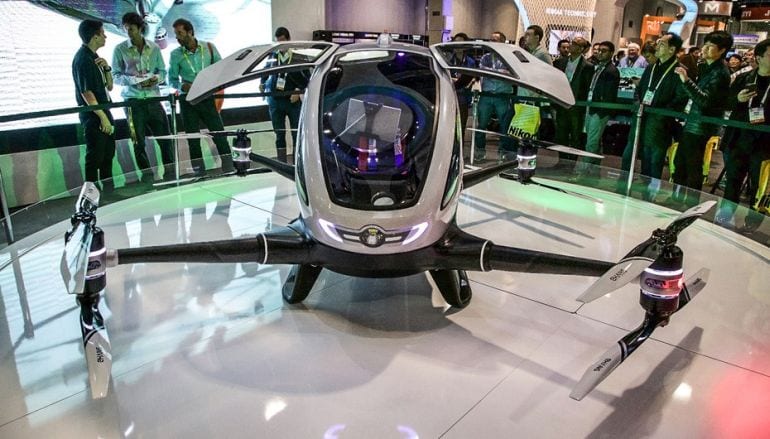
Then there’s the cameras and sensors now being placed, a la Big Brother, into everything from our shoes and clothes, to every home appliance imaginable – all so we can: track how much weight we’ve lost, unlock our doors without keys when we approach, toast the perfect toast in the morning when we wake, and have our fridge tell us that we’re out of milk.

Yes, this is all amazing technology that will either make us lazier or help us get more done. Either way, it’s really cool stuff.
What do you think of all this new tech?
CLICK HERE to Share Your Thoughts
Despite such cool technological advances, nothing at CES this year was truly groundbreaking. We saw most of these technologies last year – only, this time, they’re faster, more refined and more polished.
So what are these groundbreaking technologies I speak of?
Let me shine some light.
The Real Game-Changers
On December 20, 2013, the United Nations General Assembly proclaimed 2015 as the International Year of Light and Light-based Technologies.
Via UNESCO:
“…The UN has recognized the importance of raising global awareness about how light-based technologies promote sustainable development and provide solutions to global challenges in energy, education, agriculture, and health.
Light plays a vital role in our daily lives and is an imperative cross-cutting discipline of science in the 21st century. It has revolutionized medicine, opened up international communication via the Internet, and continues to be central to linking cultural, economic and political aspects of the global society.”
Over the past years, light has been instrumental in almost every aspect of our lives from communications, to energy, and even medicine.
But in 2015, we began to witness truly groundbreaking technological advances in light. And it’s about to change everything.
This is precisely why I was in San Francisco last week.
The SPIE Photonics West Conference: Innovation Breeding Ground
SPIE is the international society for optics and photonics, and its Photonics West Conference is the largest laser, photonics, and biomedical optics conference in North America.
And since 2015 was the International Year of Light, I knew this year’s Photonics West conference would be massive.
And it was.
This year, the SPIE Photonics West Conference broke new records for attendance, drawing in more than 22,000 people who gathered to see and learn about the latest devices, components, and systems that are enabling, and driving, today’s trends: state-of-the-art medical technologies, the Internet of Things, smart manufacturing, autonomous vehicles, and more.

Unlike CES, most of the technologies showcased at SPIE aren’t meant for consumers; no, they are meant for those building the next generation of consumer electronics that you see at CES.
If CES showcased consumer electronics solutions, SPIE showcased the underlying technology behind those solutions.
So what makes SPIE and the Photonics West Conference so important?
Almost everything we use or do in our daily life involves the use of light and light-based technologies. From the way our iPhone takes pictures, to how its microchips are created, to how we surf the web, much of what we do involves light.
Via SPIE:
“Photonics is the science and technology of generating, controlling, and detecting photons, which are particles of light. Photonics underpins technologies of daily life from smartphones to laptops to the Internet to medical instruments to lighting technology. The 21st century will depend as much on photonics as the 20th century depended on electronics.”
Light is about to change the world in ways you couldn’t even imagine.
When it comes to potential, we are just beginning to scratch the surface of light-based technologies.
The Smartest, Fastest, and Most Powerful Computers Man Has Ever Known
Most of our modern day electronic devices – from iPhones to supercomputers – are powered by transistors and other semiconductor devices.
Over the years, advanced light technologies gave us the ability to make better and smaller circuits with more transistors per square inch, which leads to faster and faster chips. That’s because the closer we can get the transistors together, the faster that information travels between each other; thus, faster chips.
Current microprocessor chips use electrical circuits to communicate with one another and transfer information. But just as chips have become faster and more powerful, so has the need for more electricity to power the ever-increasing speed and volume of these data transfers.
Ever wonder why your phone or computer gets really hot when you play games or use applications, such as video editing software, that require more processing power? The more data processed, the more electricity is being transferred. It is this rapid transfer of information using electricity that produces so much heat.
This has proven to be a very limiting factor.
Until now.
Last year, researchers turned to photonics, or light-based, technology.
Sending information using light rather than electricity is not only faster, but it significantly reduces a microchip’s energy burden because light can be sent across much longer distances using the same amount of power.
In other words, microchips will soon be able to transmit data much faster, as well as consume far less energy.
Of course, sending data in the form of photons isn’t new. We already send information using photons at incredible speeds through fiber optics.
The problem with our current microchips is that when this data hits our computers, it has to slow down so it can be converted into electrons and pushed through the wires and transistors in our devices.
Not only is this process slow, but it’s extremely energy intensive.
Using light instead of electricity changes everything.
Of course, there are still many hurdles.
For example, no matter how fast these chips become using photons instead of electrons, they still require memory to process the information coming through.
The problem is that we’ve hit the limit for how fast electrons can travel between the processor and the memory because the speed at which our computers transmit data is slower than the speed at which they can process it.
Via Science Alert:
“…There’s no point using faster processors if the limiting factor is the shuttling of information to-and-from the memory – the so-called von-Neumann bottleneck.
Making light-based computers isn’t as simple as replacing electrons with light particles – or photons – in current computers. While this speeds up the rate at which we can send data significantly, the silicon chips we have now still require the photons to be converted back to electrons when the data reaches our computer. This slows everything back down again and consumes a whole lot of extra energy, which actually makes it less efficient than if we’d just used electrons in the first place.”
But with the rapid advancements in light-based technologies, researchers have already found a solution.
Just a few months ago, researchers figured it out. And again, the solution lies in using light.
Via Technology Review:
“Known as photonic memory, light-based memory is not a new concept, but it’s posed quite a challenge to engineers in the past. Not only have previous attempts at light-based computer chips turned out to be quite volatile, they’ve all required power to store data, and unless we’re prepared to keep our computers on, you know, forever, that’s not exactly practical.
Bhaskaran and his colleagues have now announced what they’re calling “the world’s first all-photonic nonvolatile memory chip.” It stores data using the same material that’s found in rewritable CDs and DVDs – a phase-change alloy of germanium-antimony-tellurium known as GST. “This material can be made to assume an amorphous state, like glass, or a crystalline state, like a metal, by using either electrical or optical pulses,” the press release explains.
“These two states have very different physical properties,” Bhaskaran explained to Jamie Condliffe at Gizmodo. “And that means you can store information in the state of the material.”
These new breakthroughs in technology mean that we’re about to break the math on what was once impossible. It shows just how fast advancements in photonics are becoming.
It’s no wonder technology giants such as Intel, IBM, and Google have already made – and continue to make – massive investments in photonics.
And I haven’t even begun to talk about Quantum Computing – a new type of computing based on quantum physics that Google says can make calculations up to 100 million times faster than today’s single core processors. I’ll save this story for another time, but with the rapid advancements in light-based technologies, quantum computing for the masses could be here sooner than we think.
What do you think of faster and more powerful computers?
How will they change the world?
CLICK HERE to Share Your Thoughts
More Than Just Computers
Computers that are thousands, maybe millions, of times faster and more powerful will give rise to things we can’t even begin to imagine. Things like true artificial intelligence, robots that mimic human behaviour, cracking the code on unsolvable math problems, and so much more could all soon become reality.
Yet, light-based technologies are about to change much more than just computers.
The potential with photonics are endless, and it’s disrupting every sector we know.
Energy
In the energy sector, we’re about to witness a dramatic shift in solar power using technologies that could soon make it economic for everyone to use. There’s even proposed theories from NASA to harness energy by trapping solar energy in space and wirelessly transporting it to earth using lasers in an approach called Space-based Solar Power.
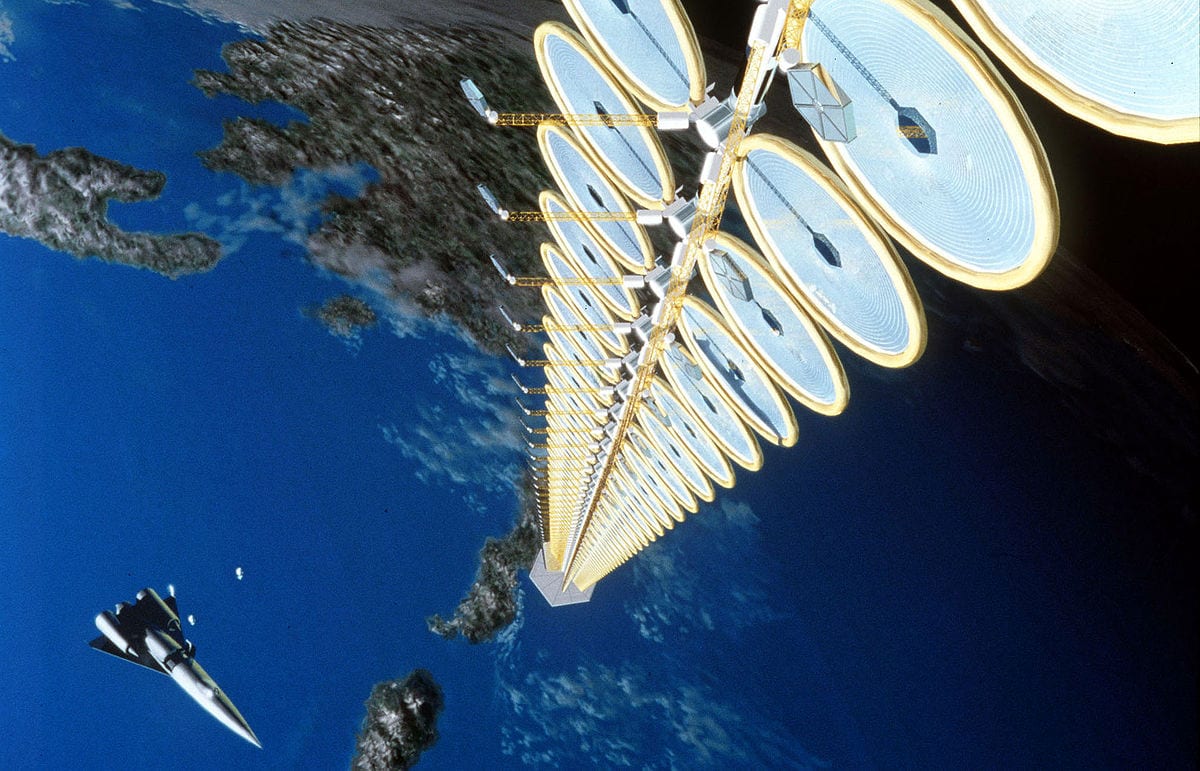
The past years have not been kind to solar stocks, but as I mentioned late last year, that’s all about to change. I expect many solar stocks at the forefront of light-based technologies to do very well in the coming months and years.
Communications
Then there’s the massive change that’s coming to communications. For example, a new light-based communication system, known as Li-Fi, may soon become more than just a science experiment.
Just last year, Li-Fi was finally tested in the real world.
Via Science Alert:
“…scientists have taken Li-Fi out of the lab for the first time, trialing it in offices and industrial environments in Tallinn, Estonia, reporting that they can achieve data transmission at 1 GB per second – that’s 100 times faster than current average Wi-Fi speeds.”
That’s just the tip of the iceberg. Earlier this year, NASA announced that it is going to build the first light-based modem; one that uses light to transfer data internally, and lasers to transmit data to Earth.
That means we may soon be able to communicate with space, and vice versa, 100 times faster than we do now.
Metamaterials
Metamaterials are artificial, precision-engineered materials, which can exhibit peculiar properties, not found in natural materials. In other words, these materials can do things that we never thought possible.
Example?
How about an invisibility cloak, like the one we saw in Harry Potter?
While there are no optical metamaterials right now that cover the entire visible range of the spectrum, advancements in this sector are progressing fast, and invisibility cloaks could soon become reality.
That’s just scratching the surface.
A group in Germany has already created a thermal cloak, which prevents an area from heating by bending the heat flow around it – just as an invisibility cloak bends light. The same principle has also been used for sound waves and now discussions are flourishing about using it for seismic vibrations. Imagine the potential for making a building “invisible” to earthquakes!
Of course, along with light, metamaterials could also be used to enhance computers.
In fact, just a few months ago in November 2015, scientists achieved infinite speeds on a microchip.
I won’t get into the complexities of such science, but this development means we’re getting closer to making the all-powerful quantum computing technologies even more powerful than before.
But even these are just the tip of the iceberg.
Imaging
We’ve already witnessed how wearable technologies like Google Glass and Microsoft’s Hololens can use light to connect our lives to the digital world, creating an augmented reality.
Then there’s the ultra-secretive Magic Leap technology that claims to beam light directly into our retinas to achieve a seamless integration between reality and the digital world.
Just take a look and see what a day at the office could soon become:
The technological advances in imaging are even more profound.
Imaging allows us to see the various physical and chemical changes taking place in a system. It already plays a crucial role in life science, medicine and security issues (i.e. drones and surveillance) but it’s also important in many fields of physics and chemistry.
And all of these fields are witnessing major advances.
From ultra high powered telescopes in a small form factor, such as Lockheed Martin’s SPIDER, to real-time tissue analysis using light reflectance spectroscopy, to being able to detect instantly spoiled or altered food, light-based imaging technologies are rapidly changing our world.
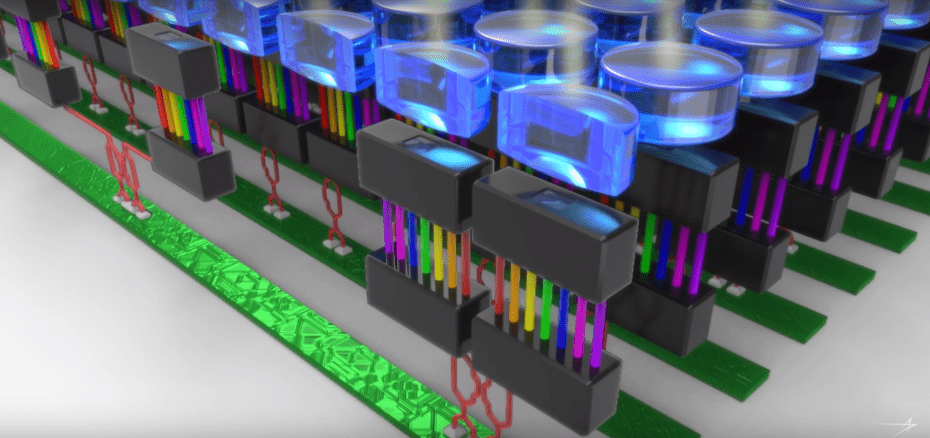
Worried if there are nuts in your food? No problem. Just scan it. Want to know how much sugar is in your coffee? Scan that too.
The point is simple: light-based technologies are about to change the world in ways we have yet to even imagine.
Ground Floor Investing
I was lucky to have witnessed just some of these possible changes at the SPIE conference where I saw many photonic technologies in action.
The technologies presented at SPIE are so disruptive that we don’t even know how to use them yet. As an extremely bright friend told me at the conference, much of what is at SPIE are technologies looking for a solution.
No one has talked about light-based technological advances. We’re so focused on drones, self-driving cars, and virtual reality that we forget about the technology that powers all of these advancements.
If investing in end consumer products can make us rich, imagine what investing in the technology that powers those products could yield.
The world, as we know it, is about to change. Get ready, because investments in these technologies could reap fortunes for those who get in early.
We’re already off to a great start this year, as both of the companies I introduced last year have yielded great returns within the gold space.
This year, I want to bring you ideas that could transform the world.
That’s why I am super excited. And you should be too.
Seek the truth,
Ivan Lo
The Equedia Letter
www.equedia.com







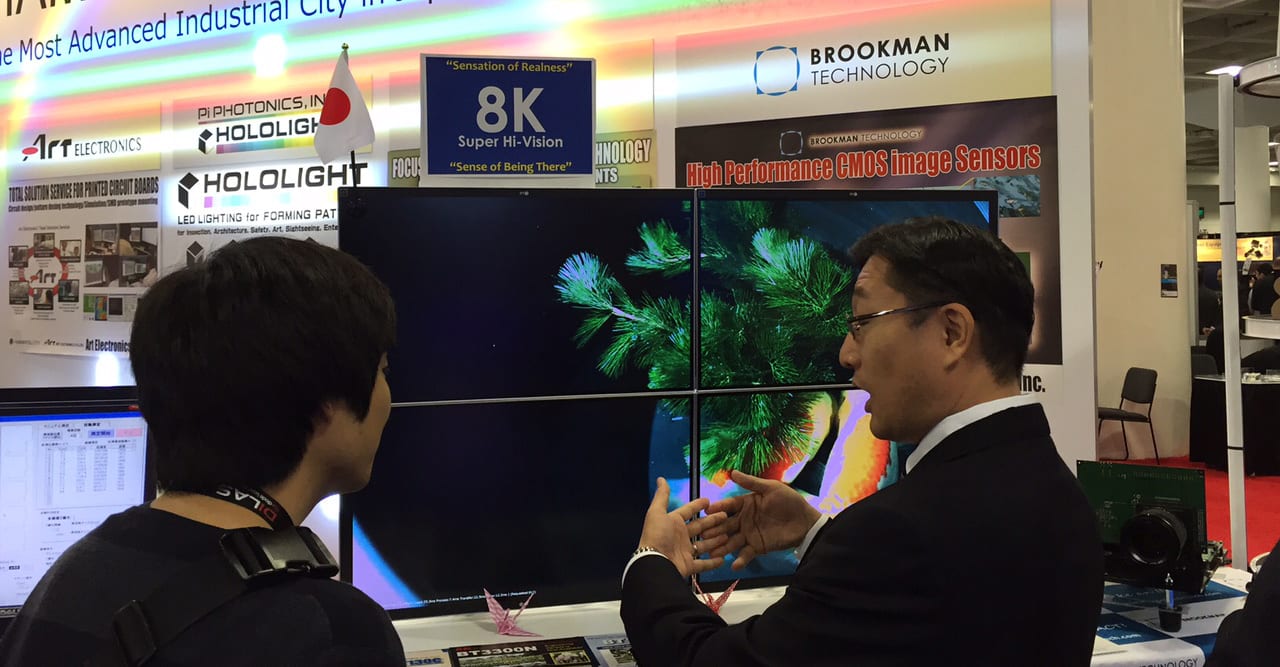
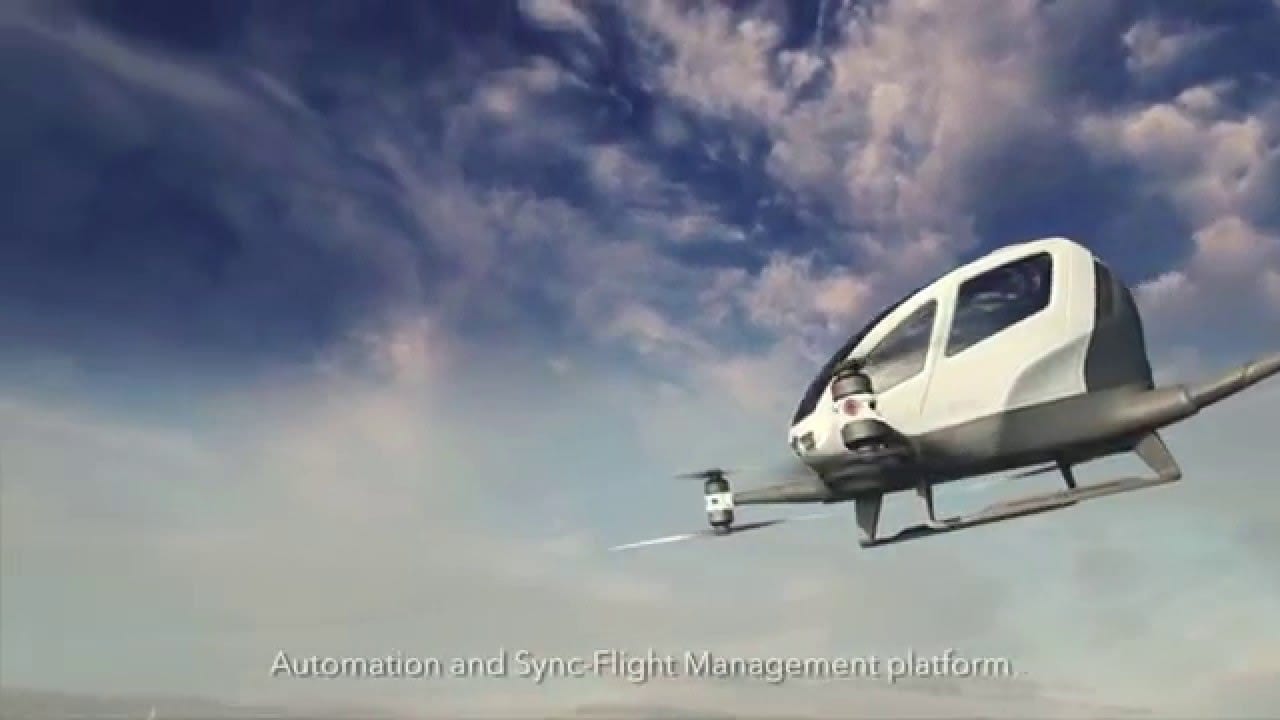





Simply amazing. Your publications are always so ENLIGHTENING!!!!
I appreciate what you do.
Don
Privileged to live in exciting and challenging times. Sincere thanks for all advanced information.
Interesting post on your part, and the future holds lot of promise, but there will be no flying cars in our immediate future. I’m 65 & the idea has been around as long as I remember. It was never practical from an engineering point of view and is even less likely now. The FAA can’t even cope with tiny drones, and you think “carplanes” are doable?
we have already developed a society that walks around looking at their smart phones ,oblivious to every thing around them and now we are going to introduce things that will do damn near everything for them, we will become dependant
on the the next best thing forever. When I talk to my friends , we all agree that we were born in the best of times 1938-2000. We are moving to far to fast, and the game you showed on video was violent, why do all these shows have to be violent ?
I do not see much good coming from this
“Then there’s the cameras and sensors that are now being placed, a la Big Brother, into everything from our shoes and clothes, to every home appliance imaginable – all so we can: track
I do no need AI to do the simple tasks in life Check my weight, make my toast or drive my car. This is over the top.
Mr. Lo,
Did you recently do an analysis on medical pot investments in Canadian companies? If so could you please send me the analysis done on same.
Thank you.
Regards,
Ted Staffen
Hey Ivan,
First and foremost, thank you for this great newsletter – I’ve been receiving it for over a year now and think it is top notch! Congrats!
I was intrigued by a remark made in the issue that dealt with the TSX.v where you alluded to the way that Canadian juniors needed to change the way they communicated with investors. That’s aligned with something I’m now about to launch on MediaDiner. (I’ve created and broadcast nationally a business show called “Investors On Line” back in 2000 which was the most innovative financial show of its day). Love to chat with you about how you see resource companies needing to change. Are you at the PDAC?
Thanks again for your great work!
Craig Stephens
I love it, looking forward to next issue
Love the insights very anxious to hear where to invest
I have been following this Letter for a few years now and have to say it is the best newsletter I have read. So much diversity that I never know what to expect, yet intrigued every time. I have also been lucky to have made great returns with your ideas and I am very much looking forward to what Mr. Lo comes up with next in this “light” space. Thank you for all your hard work you do for us. Conrad
Generally Tech is great but you cannot eat it. North American Food production is in imminent peril. California is experiencing serious water issues. Up here in northern Canada we have seen 30– 35 % vegetable price increases, on top of can./usa dollar devaluation. IE: So a carrot cost is up 65 %. IN 3 MOS. Wondering if . Desalination is a way out of this issue. Do you have any thoughts on tech remedy/ innovation. Thank for your viewing.
I enjoy your articles but this one is 99% BS!! Fancy gadgets for wealthy people….make me sick!!
Our country controlled by retarded liberal Democrat evil bastards pushing for communist government is going to hell very quickly!!! 100 million out of work, 50 million on food stamps, jobs only for illegal ass holes, $20 trillion in debt. Solar companies only survive on taxpayer subsidies!! Remember Solindra, Obama gave them $500 million taxpayer money, next day filed bankruptcy now enjoying the good-life in the Caribbean. NASA is the biggest waste of tax dollars, spent billions and billions tax payer money for a close up photo of Pluto (who gives a Damn)!!!
Young millenniums, brainwashed by liberal thinking Democrats, are so damn stupid about American history and family values, they should NOT be allowed to vote unless they pass an exam on this.
Mark my words, the Evil Democrats are invoking a major plan of VOTER FRAUD to win elections!!